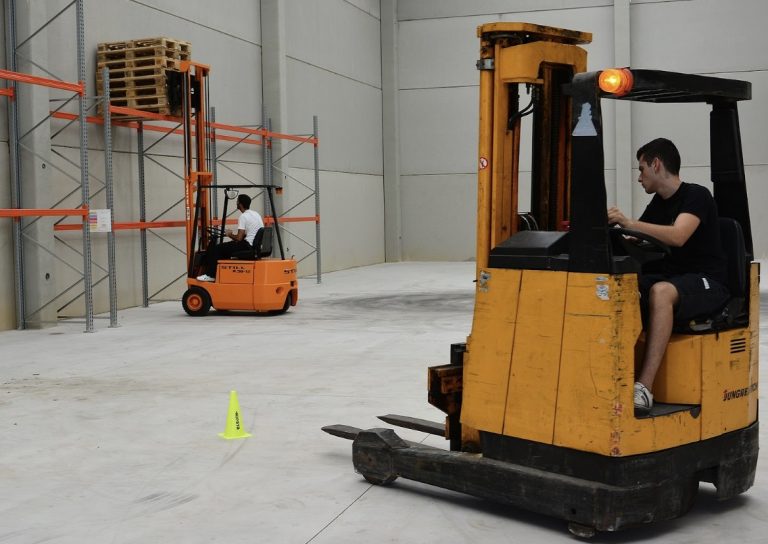In the modern world, it is possible to automate vast amounts of processes in a manufacturing facility. This automation can help improve efficiency and reduce operational costs. However, maintaining a factory or production line takes time, energy, and resources to ensure everything works properly and safely. One of the essential tools for achieving this goal is preventative maintenance (PM). By following these simple steps, you can ensure your manufacturing facility runs smoothly while keeping its staff safe from any hazards associated with production lines.
Story Stages
Step 1: Identify Equipment Needs and Hazards
The first preventative maintenance step is identifying the manufacturing facility’s equipment needs and associated hazards. Look at your factory’s layout and assess what type of equipment you need to produce and maintain the desired output. Consider any potential safety concerns, such as sharp edges or moving parts that could cause injury. You should also consider the maintenance needs of each piece of equipment. Depending on the type and age of the equipment, some machines may require more frequent maintenance than others. This will help you create a schedule for preventative checks and repairs to ensure optimal functioning throughout your production line.
Step 2: Implement a Maintenance Schedule
Once you’ve identified the necessary equipment, it’s time to create a regular maintenance schedule. This should be based on manufacturer guidelines but also consider any additional wear-and-tear that might occur due to frequent use or extreme conditions. For example, if an item is exposed to high temperatures for extended periods, it may require more frequent maintenance checks to ensure proper functioning.
Step 3: Source Replacement Parts
In some cases, parts may need to be replaced if they’ve become worn or defective. Allen Bradley parts are often used in industrial automation due to their robustness and quality. If your machinery uses Allen Bradley components, ensure you have a reliable source of features that can be quickly ordered and shipped in case of emergency repairs. Also, remember to keep spare parts on hand so your production line can continue running in case of unexpected breakdowns.
Step 4: Train Employees on Maintenance Procedures
Employees must be adequately trained in preventative maintenance best practices to understand how to inspect and maintain equipment correctly. This can include simple things like checking for oil levels or more complex tasks like troubleshooting electrical issues. Employees should also know who to contact for help if something goes wrong during the maintenance process. Additionally, ensure employees have adequate safety equipment and instructions for using it. This will help ensure that everyone is kept safe during maintenance, reducing on-the-job injuries or incidents.
You can maintain a safe and efficient manufacturing facility by following the above steps. Preventative maintenance is the key to ensuring your staff remains safe while keeping production lines running smoothly. As a result, your factory can consistently produce quality output with minimal downtime with proper planning and preparation.
